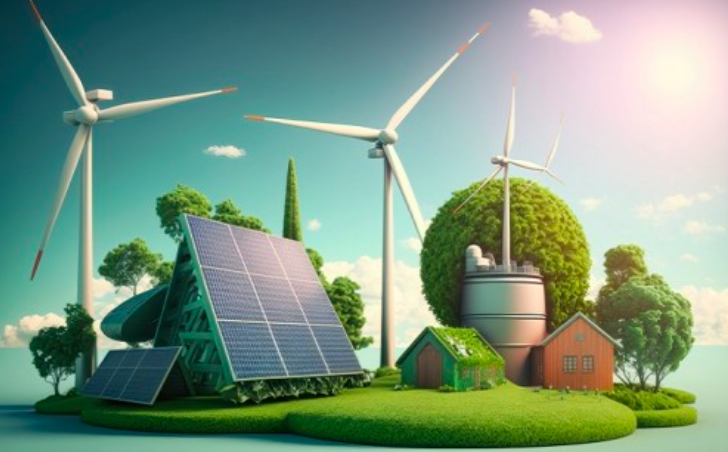The Union Power Ministry intends to sign a memorandum of agreement with The Energy and Resources Institute (TERI) for setting up an institute for energy transition at TERI campus in Hyderabad, Union Power and New and Renewable Energy Minister R.K. Singh said on Friday.
“The Ministry of Power and New Renewable Energy is getting into an agreement with TERI for setting up an institute on energy transition. We will look to this institute to work out various pathways for transition, to identify the bottlenecks and the most viable ways of moving forward,” he said at the 23rd edition of the World Sustainable Development Summit (WSDS) here.
“Right now, I am searching for ways, we are experimenting, so we first came out with solar, then wind, then we combined the two with hybrid. Then we added storage so that it becomes round the clock.
“Now, we are coming out with bids for round the clock using green hydrogen as storage. We will be coming up with a bid for round-the-clock energy using concentrated solar and molten salt as storage. If there were an institution which would study the various alternative paths available that will make life easier.”
Terming India the leader in energy transitions, Singh said: “In India, 44 per cent of the country’s power generation capacity is from non-fossil sources. In actual physical terms, about 180,000 plus megawatts is the non-fossil capacity. The nuclear capacity is just about 7,800 megawatts. The remaining is totally renewable. That constitutes 44 per cent of the established capacity, 427,000 megawatts out of which 180,000 MW is renewable.”
The minister listed how India has fulfilled its promises ahead of time and is among the few countries to have fulfilled its Nationally Determined Contributions (NDCs) ahead of time.
“India had pledged that by 2030, that it would have 40 percent of our power generation capacity as renewables. We are already beyond that. Again, India pledged in COP26 that by 2030 to have 50 per cent of capacity from non-fossil sources, mostly renewables. In fact, it will be actually 65 per cent – way more than what was pledged. India’s per capita emission is among the lowest in the world. Despite we have pledged that we will reduce our emission intensity by 33 per cent by 2030.
“In sum, we are the only major economy which achieved both these Nationally Determined Contributions (NDCs) way before time. And when neutral observers graded us, they categorised us as the only major economy whose energy transition actions are in consonant with the sub-two degree rise in global temperature.”
Highlighting pioneering initiatives of TERI, which is celebrating its 50th anniversary, its Director General Vibha Dhawan said: “It is an honour for TERI to be working with the Ministry of New and Renewable Energy to explore the establishment of an Institute for Energy Transition as a world-class institute.”


